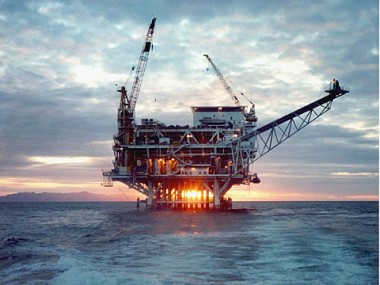The Oil & Gas industry takes major risks to gain valuable global opportunities. Some risks involve adopting new regulations and laws, climate change, and dealing with the force of the government and stakeholders among many other things. To handle these risks effectively, you need to know what you’re up against when proposing a mega project, especially in Oil & Gas.
So here are 5 risks that the Oil & Gas industry faces regularly.
1. Government Limitations
Regulations on where, when and how extractions can be done is very different based on location and laws. This risk usually emerges abroad due to a shift in political aspects. Some times the government changes its arrangement – possibly taking advantage of its authority to gain a higher percentage of profits. Most companies tend to lean towards countries that are secure and who usually offers long-term leases with no deviating; so a surprise limitation on reserves after the financial commitment has been made will be less likely to occur among additional taxes and exporting issues.
2. Environmental Constraints
Some locations are environmentally depleted and the last resort is to move to unconventional and unfamiliar areas where hard drilling is required and extraction of resources is known to be difficult – like drilling platforms in the middle of the ocean. This puts more pressure and challenges on companies due to the harm it can cause on the environment and public health and safety. The oil spill in the Gulf of Mexico raised concerns about deep-water offshore drilling due to health and safety concerns for workers, environment and wildlife. On-shore impacts include tailing ponds that are used to contain waste water.
3. Price
Unfamiliar drilling will most likely cost more than conventional drilling down into a reserve. How do you determine if extraction is cost-effective? It all comes down to the difficulty of extraction. The more barriers, the more of a price risk the project will have. This risk is steady when it comes to pricing, that’s why most companies ensure they have a feasible estimate before they start a project to reduce any chances of restarting a new project altogether.
4. Supply and Demand
It requires a large financial investment to start an extraction in any location in the world and because reserves can be limited or excess this creates an unstable production which affects the pricing of oil and gas. Macro-economic factors can influence the industries prosperity like being dependent on a single market to buy from or sell to.
5. Cost
Cost focuses on operational factors and an extraction project can commonly exceed capital invested based on regulations, global production and drilling in unfamiliar areas. A major risk is not being able to find qualified workers due to many who are retiring which also add to the increasing operational cost. A risk for companies is also dealing with stakeholders who feel like they can cut cost and still have healthy growth while incurring more costs through spending on new technology for a more efficient extraction.
With all of the risks in the Oil & Gas industry, some opportunities to minimize it especially in offshore drilling would involve acquiring a joint venture where the risks would be shared, investing in new drilling technology, and diversifying market supply and demand and overall competition.

